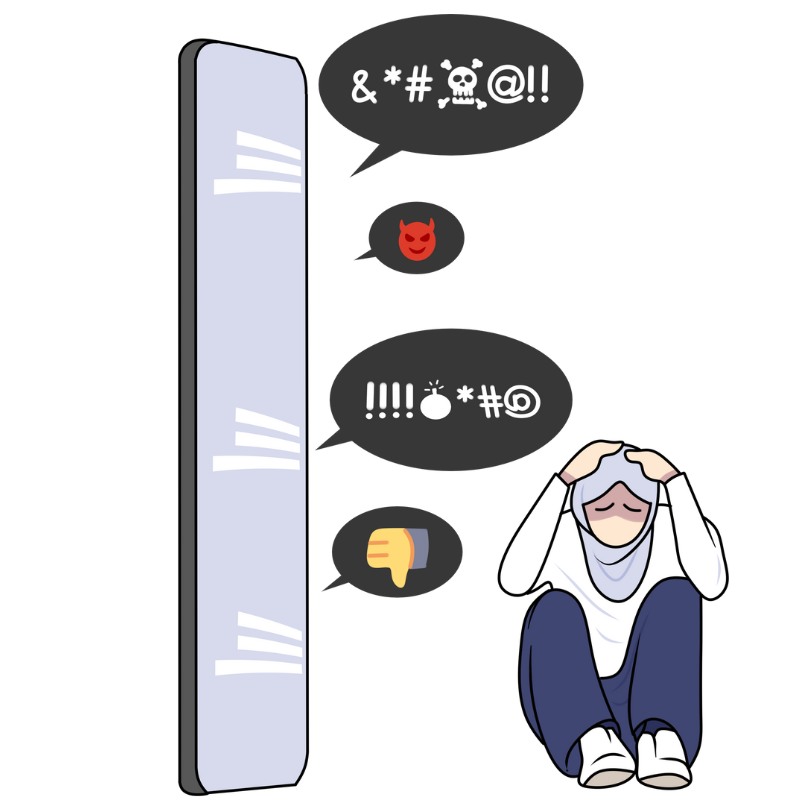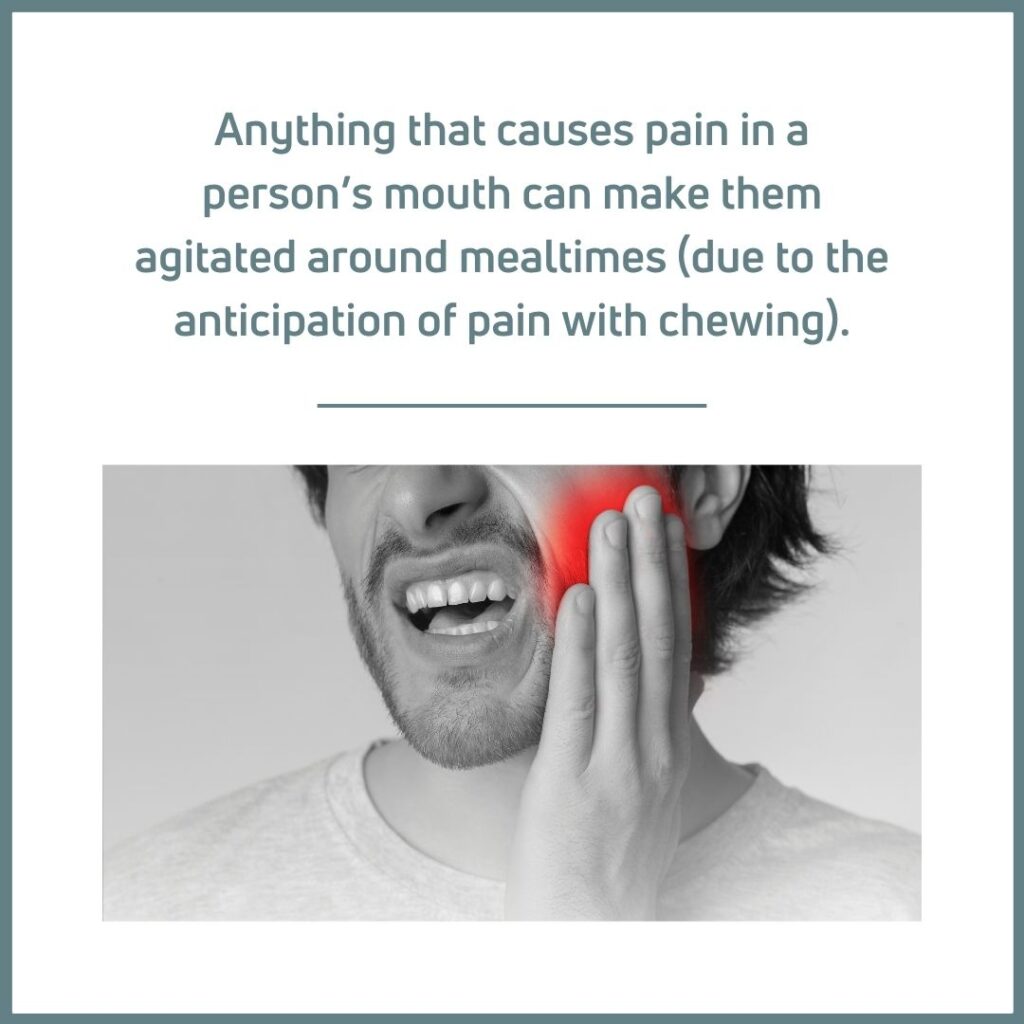Bullying: How You Can Take Action To Identify, Address and Prevent This Destructive Behavior

Written by Lorene Reagan, RN, MS
Published in the August 2023 edition of EP (Exceptional Parent) Magazine. Sign up for this newsletter for free!
As we prepare to return to school, it is critical to ensure all children, including those with disabilities, are in an environment where they can learn, grow, and socialize without fear. This article describes bullying, its consequences, the increased risk children and adults with disabilities face, and prevention strategies.

WHAT IS BULLYING?
Bullying behavior is characterized by unwanted, aggressive behavior that involves a real or perceived power imbalance and is repeated or has the potential to be repeated over time. There are many different types of bullying, ranging from teasing and harassment to actual physical violence. It can occur in person, in writing, or through cyberbullying involving online or cell phone communications.
The magnitude of bullying behavior varies from annoying and emotionally hurtful verbal abuse, distressing social bullying designed to damage a person’s reputation, publicly embarrass or isolate them, to bullying involving physical assault. It’s not uncommon for bullying to begin with verbal taunting and harassment and then, if not addressed, escalate into physical abuse and assault. And people with intellectual and developmental disabilities are susceptible to and at even greater risk than others with disabilities of being bullied.
WHAT ARE THE CONSEQUENCES OF BULLYING?
We all know bullying hurts people in many ways. But did you know:
- Bullying has serious negative consequences; those who are bullied can experience depression, low self-esteem, decreased academic achievement, health problems, and, in extreme cases, can be at risk for suicide[i].
- People with disabilities can be bullied by family members, paid and unpaid caregivers, and other supporters, and may be reluctant to report it because of their dependence upon the caregiver and fear of retribution.
The adverse outcomes of bullying are not limited to those who are bullied. According to the US Department of Health and Human Services,[ii] children who are allowed to bully others are more likely to:
- Abuse alcohol and other substances as adolescents and adults
- Drop out of school, vandalize property, and engage in fighting
- Engage in sexual activity earlier
- Have criminal convictions and be abusive toward others, including their romantic partners, spouses, and children as adults
And those who witness bullying are more likely to:
- Miss or skip school
- Have increased mental health challenges, including depression and anxiety
- Have increased use of tobacco, alcohol, and other drugs
Bullying directed at a person because of their disability may fall under the category of “disability harassment” and rise to the level of a civil rights violation under Section 504 of the Rehabilitation Act of 1973 or Title II or III of the Americans with Disabilities Act[iii]. Those who harass people because of their disability, as well as people and organizations who have a duty to prevent disability harassment, can run afoul of these laws if they fail to address and prevent bullying and harassment appropriately.
WHAT CAN WE DO TO PREVENT BULLYING?
We know that the roots of bullying behavior begin in childhood. According to the American Psychological Association,[iv] steps can be taken to address and prevent bullying. For example:
- Create an environment that makes it clear bullying will not be tolerated and set positive expectations for both children and adults.
- Ensure parents, educators, and others in the person’s life are knowledgeable and observant about when and where bullying tends to happen. Bullying generally occurs in areas where supervision is limited or absent such as in bathrooms, playrooms, parks, and on school buses. Cyberbullying via cell phones and computers occurs when access to these devices is not monitored.
- Be alert to the safety of those most vulnerable to being bullied. Help the person develop a network of allies to reduce feelings of isolation and reduce opportunities for the person to be targeted for bullying.
- If bullying is reported or observed, intervene immediately to stop it, record the incident and inform those responsible for addressing it.
- Adults, including parents, educators, and others, are encouraged to be involved in school or community-based safety teams and antibullying task forces and engage and educate children and adults with (and without) disabilities about the skills for identifying, responding to, and preventing bullying.
Bullying has long-ranging consequences for those being bullied, the person exhibiting the bullying behavior, and those who are witnesses to this serious form of mistreatment. Taking steps to recognize, address and prevent bullying is critical to all children and adults’ emotional and physical well-being. And it is especially important for people with intellectual and developmental disabilities, who are at the highest risk for this type of abuse.

[i] Centers for Disease Control and Prevention. People with Disabilities and Chronic Diseases: Information about Bullying. 2020. https://www.cdc.gov/ncbddd/disabilityandsafety/bullying.html
[ii] U.S. Department of Health and Human Services. Bullying and Youth with Disabilities and Special Health Needs. 2020. https://www.stopbullying.gov/bullying/special-needs
[iii] US Department of Justice Civil Rights Division. Guide to Disability Rights Laws. 2020. https://www.ada.gov/resources/disability-rights-guide/
[iv] American Psychological Association. Bullying. 2022. https://www.apa.org/topics/bullying/prevent





